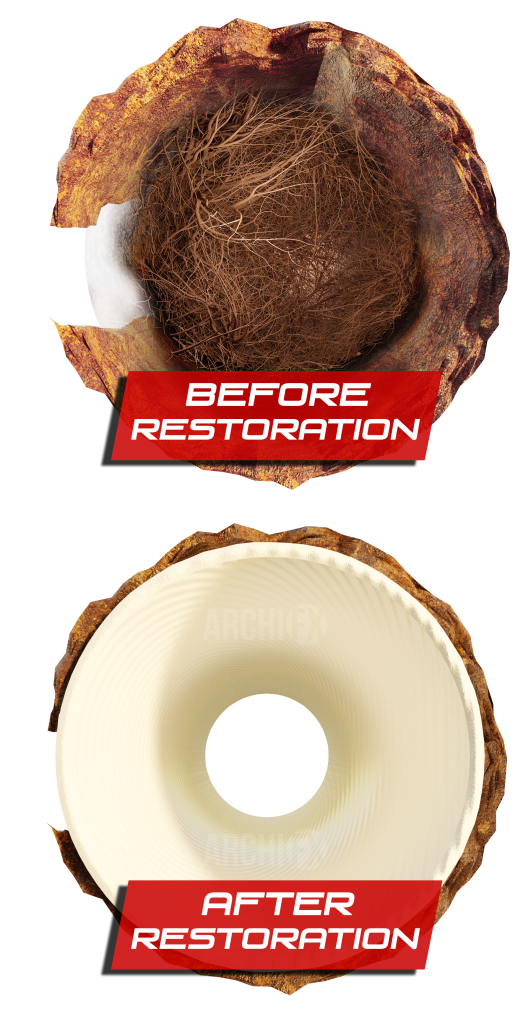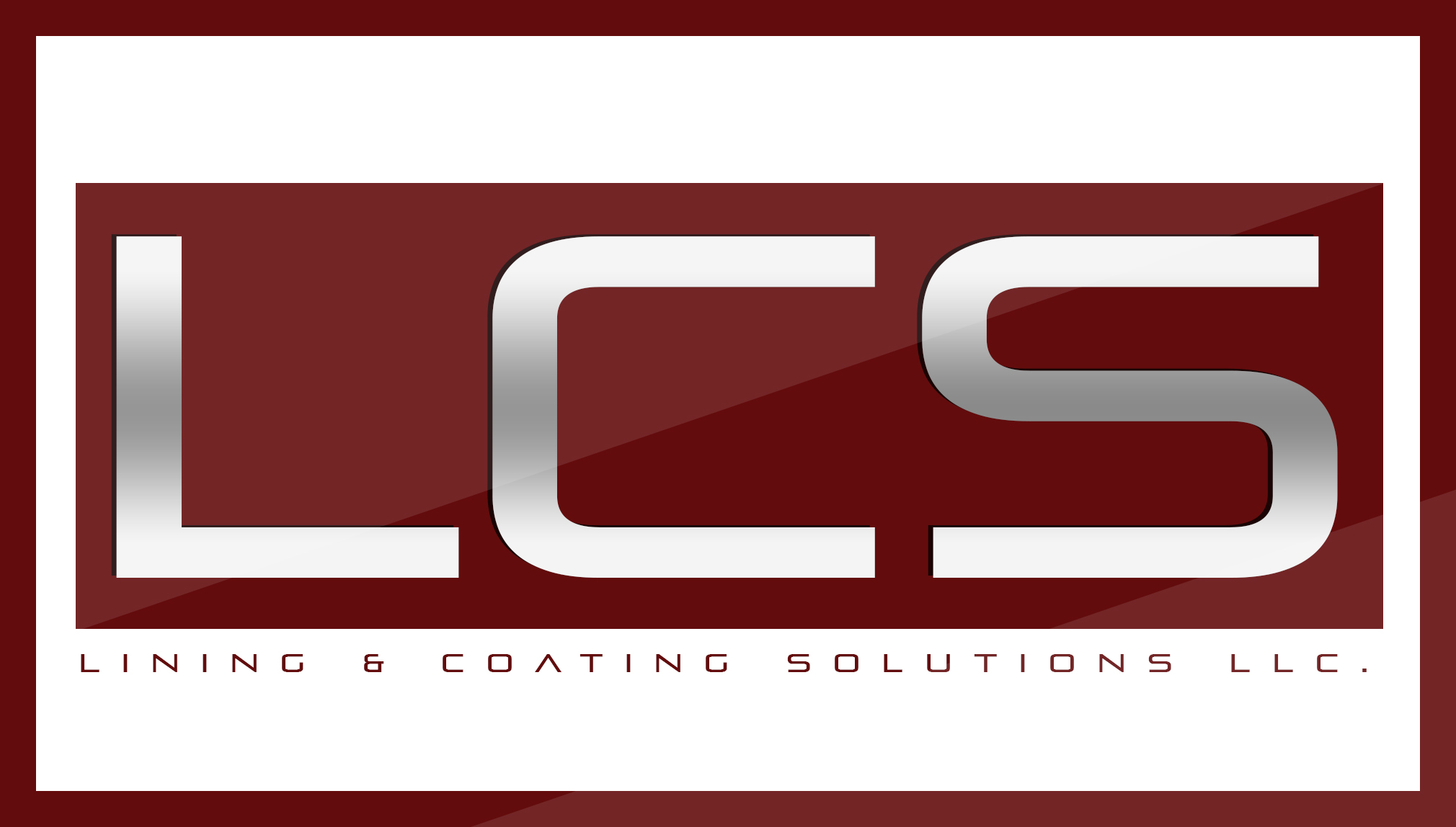Clay Pipe Sewer Repair in New Orleans
At Lining Coating Solutions (LCS), we specialize in the rehabilitation of aging and damaged clay pipe systems using the advanced Cured-In-Place Pipe (CIPP) technology. With our extensive experience in the greater Memphis area and throughout the MidSouth, including New Orleans, we understand the unique challenges that clay pipes present and the importance of choosing a repair solution that is both effective and minimally invasive.

Expert Clay Pipe Rehabilitation with CIPP: A Lining Coating Solutions Perspective
At Lining Coating Solutions (LCS), we specialize in the rehabilitation of aging and damaged clay pipe systems using the advanced Cured-In-Place Pipe (CIPP) technology. With our extensive experience in the greater Memphis area and throughout the MidSouth, including New Orleans, we understand the unique challenges that clay pipes present and the importance of choosing a repair solution that is both effective and minimally invasive. Here’s how our company leverages CIPP technology to breathe new life into old clay pipelines, ensuring durability, reliability, and minimal disruption to our clients.
The Challenge with Clay Pipes
Clay pipes, once a popular choice due to their natural resistance to chemical degradation, are prone to several types of damage over time. These include root intrusion, cracking due to ground movement or heavy loads, and joint displacement. Such issues not only compromise the structural integrity of the pipeline but can also lead to leaks, blockages, and eventual system failure.
Why Choose CIPP for Clay Pipe Repair
CIPP lining is an innovative trenchless rehabilitation method that addresses all the common issues associated with clay pipes without the need for extensive excavation. This method is ideal for urban areas or landscaped properties where traditional dig-and-replace methods would cause significant disruption and damage.
Minimal Disruption
Our CIPP repair process is designed to be as unobtrusive as possible. By accessing the pipeline through existing manholes or small entry points, we significantly reduce the impact on the surrounding area, making this method suitable for both residential and commercial properties.
Long-Term Solution
The CIPP liner installed by LCS forms a new, seamless pipe within the old clay pipe. This liner is made from a flexible, resin-saturated felt material that cures to form a rigid, durable pipe, resistant to root intrusion, cracks, and leaks. The result is a long-lasting repair that often extends the life of the pipeline beyond its original expectancy.
Cost-Effective
Compared to traditional repair methods, CIPP offers a cost-effective solution by minimizing the need for excavation, reducing repair time, and therefore, lowering labor and restoration costs. This process allows for the rehabilitation of pipelines with minimal financial impact on property owners.
How Clay Pipes Break in New Orleans (NOLA)
Clay pipes, traditionally used for sewer and drainage systems due to their longevity and resistance to chemical degradation, can fail for several reasons. While they are known for their durability, certain conditions and external factors can lead to their failure over time. Here’s an overview of the main reasons clay pipes can fail:
1. Root Intrusion
One of the most common causes of failure in clay pipes is root intrusion. Trees and plants seek out water sources, and their roots can penetrate clay pipes through joints or cracks. Once inside, roots can grow and expand, causing blockages and further cracking. This not only disrupts the flow but can also lead to complete pipe collapse over time.
2. Ground Movement and Settlement
Clay pipes are rigid and do not flex under pressure. Ground movement, whether due to natural soil settling, seismic activity, or nearby construction, can cause clay pipes to crack, shift, or disjoint. This is particularly problematic in areas with unstable soil conditions or in older infrastructure where the ground has had more time to move.
3. Pipe Age and Deterioration
Although clay pipes are known for their longevity, they are not immune to the effects of aging. Over decades, the material can become brittle, especially if exposed to fluctuating environmental conditions or aggressive ground substances. Brittle pipes are more susceptible to cracking and breaking, especially under external pressures or impacts.
4. Improper Installation
Failures can also result from improper installation. If clay pipes are not laid correctly, with inadequate bedding or joint sealing, they can be prone to early failure. Misalignment, uneven pipe joints, and insufficient cover can lead to increased stress on certain sections of the pipe, causing cracks or breaks.
5. Corrosion from Chemicals
While clay is resistant to most forms of chemical attack, certain environments with highly aggressive chemicals can lead to the deterioration of clay pipes. Acidic soils or wastewater with a high concentration of sulfates, for example, can erode the surface of clay pipes over time, weakening their structure and leading to failures.
6. Freeze-Thaw Cycles
In regions where temperatures fluctuate around the freezing point, freeze-thaw cycles can cause damage to clay pipes. Water trapped in or around the pipe can freeze, expand, and exert pressure on the pipe walls. Repeated cycles of freezing and thawing can lead to cracks or even burst pipes, although this is more common in climates with severe winter conditions.
7. Mechanical Damage
External forces, such as heavy construction equipment, traffic loads above the surface where clay pipes are buried, or even digging activities for other utilities, can cause mechanical damage. This includes direct impacts that crack or crush the pipes, as well as indirect pressure that deforms or misaligns the pipe structure.
Understanding these failure mechanisms is crucial for maintaining and repairing clay pipe infrastructure. Modern repair technologies, like Cured-In-Place Pipe (CIPP) lining, offer effective solutions for addressing these issues, restoring the functionality of clay pipes with minimal need for excavation and disruption.
“`
The LCS CIPP Repair Process
- Inspection and Cleaning: Every CIPP project begins with a thorough inspection of the existing clay pipe using state-of-the-art camera equipment. This initial assessment allows us to identify the exact nature and extent of the damage. Following the inspection, the pipe is cleaned to remove any debris, roots, or blockages, ensuring a clear path for the CIPP liner.
- Liner Preparation and Installation: Our technicians prepare the CIPP liner, custom-sized and impregnated with a specific resin formula suited for clay pipe repair. The liner is then carefully inserted and positioned within the damaged pipe.
- Curing: Once in place, the resin within the liner is cured using hot water, steam, or UV light, depending on the specific conditions and requirements of the job. This curing process solidifies the resin, creating a new pipe within the old one that is smooth, durable, and resistant to further damage.
- Final Inspection: Upon completion, a final camera inspection is conducted to ensure the integrity of the repair and that the new pipe meets all necessary specifications and standards.
Partner with LCS for Your Clay Pipe Repair Needs
At Lining Coating Solutions, we are committed to providing our clients with the most advanced and efficient pipe repair solutions available. Our use of CIPP technology for clay pipe rehabilitation is a testament to this commitment, offering a seamless, durable, and cost-effective alternative to traditional repair methods. Contact us to learn more about how our expertise can benefit your next project, ensuring the longevity and reliability of your clay pipeline systems with minimal disruption to your property.
Table of Contents


